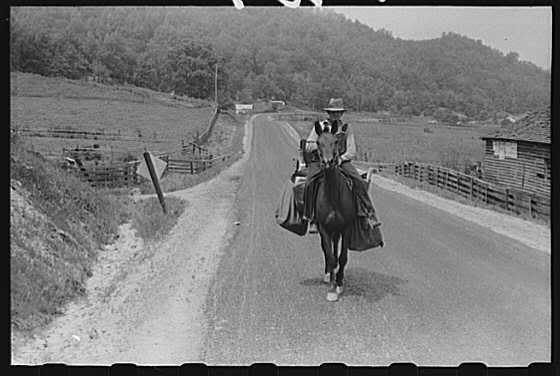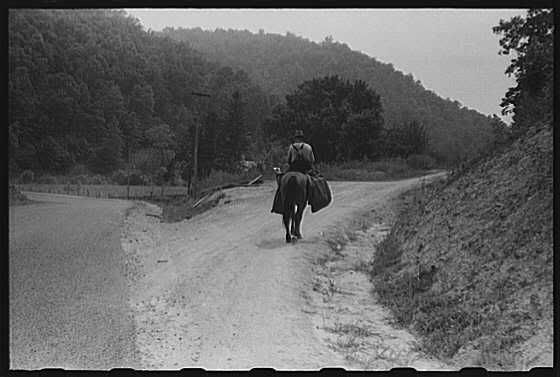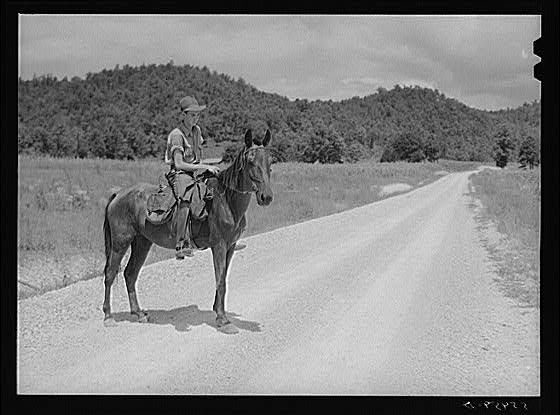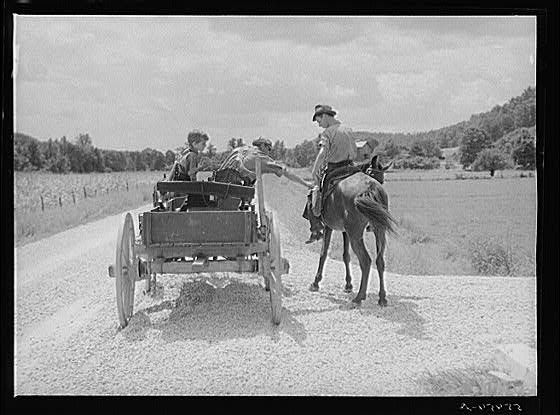I'm gonna guess that prior to WWII, for the urban worker (there were no suburbs in those days to speak of), it would have been to get on with an industrial manufacturer. That seems to have been the goals of my paternal, male relatives (who were all very blue collar). Since my mother's side was wealthier, there were a number who began college and anticipated white collar employment (the War interrupted most of them but they went back afterwards). Women on my father's side were housewives. On my mother's side a number were also, but there were many who got college degrees and became school teachers.Pat Holscher wrote:Related to this question, and to an earlier discussion on the list somewhere about how WWII opened up college, through the GI bill, to entire classes of people who had not previously attended, I'll ask this specifically regarding World War Two, but also trail it out as late as the Korean War.
For those of you who experienced the eras, or who are closely familiar with those who did, what were the work/career expectations of those folks prior to WWII, and did WWII change them in any fashion?
I also went to high school for two years in Detroit. I was in the college prep program, but that was only about 25% of the total (in 1962-64). For the non-college guys the dream job was to get on with one of the Big Three. Auto workers were clearly the Brahmins of American Labor with high wages and large amounts of time off. If you had a relative in the UAW you were "in"; if you didn't you weren't necessarily "out" but it was tougher.
There was also a lot of supplier manufacturing in the area, as well as other blue collar work (construction being another major goal as it paid well and had lots of time off).
I would bet that the view of the pre-WWII blue collar youngster and the '60s era blue collar youngster would not differ all that much.



